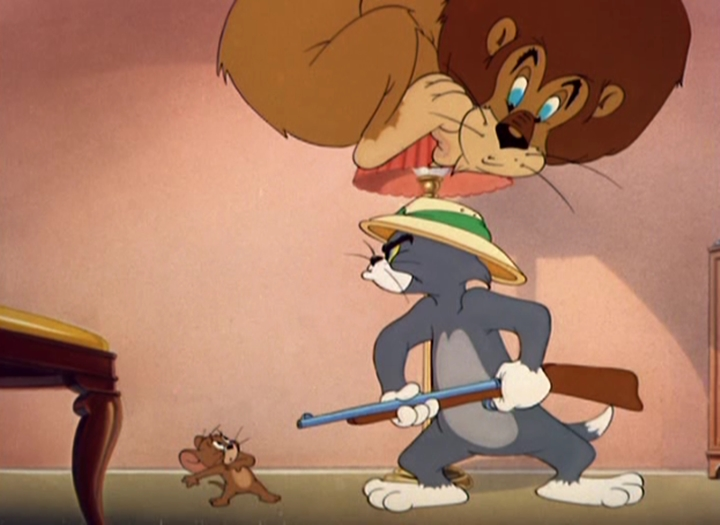
For me and I am sure for many other cartoon fans, Safety Second is a Fourth of July tradition.
In this short film, Jerry tells his little friend Nibbles not to play with fireworks but instead to keep the Fourth of July, "Safe and Sane." Nibbles of course does not listen to this at all. This soon leads to a big firework fight between Tom and the two mice, when Tom decides to play with fireworks as well.
This is simply a delightful film. It has everything one might want from a chase cartoon. The idea of a slapstick cartoon revolving around fireworks makes you wonder why more slapstick cartoon series have entries about the Fourt of July. The sheer amount of milage this film gets out of fireworks gags is simply fantastic. Because these gags are so well timed and delivered the film never feels too repetitive and never stops being a lot of fun to watch. The character animation also adds a lot to this film. Again, it makes these pantomime characters feel more real and alive to us than many live action movie characters. This is especially true when it comes to the interactions between Jerry and Nibbles. The animation not only completely captures who these characters are but what their relationship with each other is.
Unlike many theatrical cartoons, this film was actually released around the holiday, it revolves around. It first went to movie theaters on July 1, 1950. The credited animators on this film are Ray Patterson, Ed Barge, Kenneth Muse, Irven Spence and Al Grandmain. This is the first Tom and Jerry film to feature "Made in Hollywood U.S.A." at the end of the cartoon. It continued to appear on all the Hanna-Barbera theatrical Tom and Jerry shorts.
Below is the movie poster for this film.










